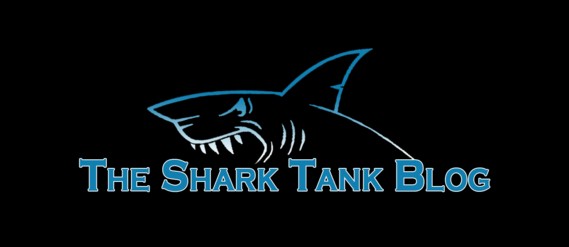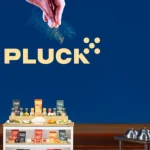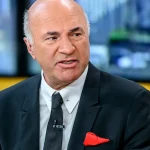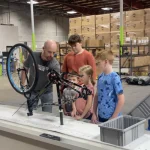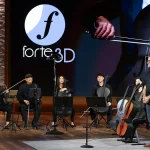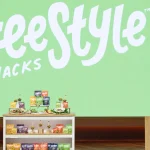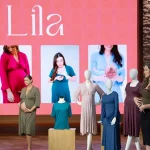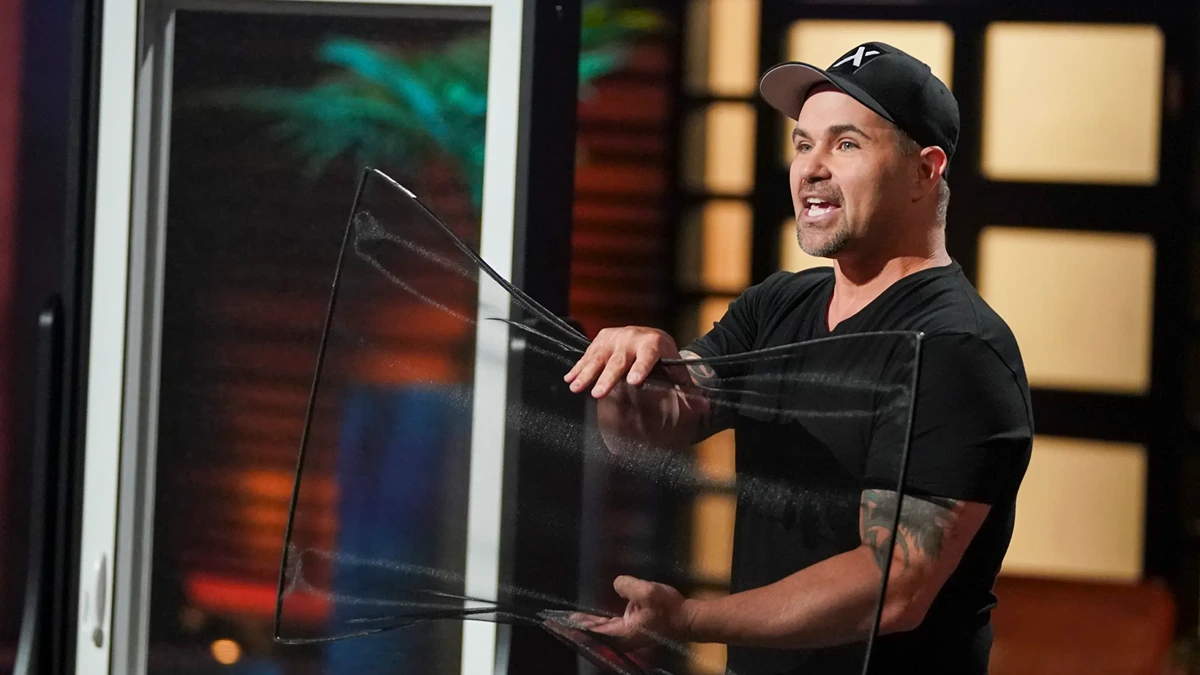
When Joe Altieri stormed into the Shark Tank, he carried his invention and the prototype. He was on a mission to reinvent the traditional window screen. His brand, FlexScreen, made a flexible, no-hardware screen that can be attached in place and then easily removed.
That pitch not only captivated the Sharks, but it also impressed Lori Greiner so thoroughly that she became his equity partner.
Here’s the inside story of how FlexScreen beat odds, won a Shark, and became one of the more celebrated success stories from Shark Tank.
The Problem & Invention
Altieri’s concept was elegantly simple: the traditional aluminum window screen is tedious to install, easy to bend or damage, and often ugly. He devised a screen using PVC-coated spring steel, built to flex and snap into a window frame’s screen slot without any fasteners or tools.
The flexibility means the screen can be removed or inserted easily. The product delivers much better visibility along with fewer frame bars. Thus, you can get rid of the frustration of bent frames and scratched paint.
At the time, when he showed up on “Shark Tank Season 11, Episode 10,” Altieri had designed prototypes, transformed manufacturing methods, and acquired early traction. He came in asking for $800,000 in exchange for 6% equity, valuing the company higher but with confidence.
Rather than just pitch features, Altieri framed the problem: most people accept broken or messy screens as normal. He positioned FlexScreen as a better standard, not a niche gadget. He also teased licensing models and direct-to-consumer potential, making it clear this was more than a single product — it was a platform.
Shark Tank Drama & Offers
Once the pitch was out, the Sharks responded. FlexScreen stood out among the usual gadgets and consumer goods because its use case was visceral—everyone knows a bad screen. And with hardware eliminated, it felt fresh.
In the negotiating phase:
- Lori Greiner offered a compelling package: $400,000 in cash + $400,000 credit line for 10% equity.
- Barbara Corcoran also made an offer: $400,000 cash + $400,000 line for a portion of the retail business. But it was Lori’s credibility in retail, hardware partnerships, and scaling consumer goods that gave her an edge.
- Some Sharks asked tougher questions about margins, scale, and the invented licensing model. But Altieri pushed back confidently, arguing that the strength of his IP and production scale would allow margin compression and licensing upside.
In the end, Altieri accepted Lori’s offer, enabling him to marry her retail and marketing savvy with his technical innovation.
Why Lori’s Investment Was A Smart Move
It’s not common for Sharks to fight over a screen product—but FlexScreen gave them a reason. Here are some of the factors that made Lori bite:
1. A Big, Legacy Market with Low Innovation
Window screens are ubiquitous; almost every building uses them. But the market has been stagnant for decades.
FlexScreen’s novelty in a mature market suggested a big upside if it could capture share from existing screens and hardware kits. Lori likely saw it as a chance to disrupt a foundational home category.
2. Scalable Manufacturing & Licensing Paths
Altieri didn’t just sell one-size-fits-all screens. FlexScreen can be licensed to window manufacturers. That dual B2C + B2B model magnifies the scaling potential.
Lori is known for connecting consumer products to large retail and manufacturing channels, so that model aligned well with her strengths.
3. Visual Impact & Ease of Demonstration
On camera, Altieri could show insertion, removal, and bending. That kind of visual demo sells itself.
Having a product you can physically demo in the Tank gives HUGE leverage in persuasion. Screens bending and snapping in front of the Sharks made a strong impact.
4. Trust & Brand Aspirational Potential
Lori’s brand includes consumer trust—her presence gives credibility to a product. By attaching her name, FlexScreen gains legitimacy in hardware, retail, and consumer markets. That’s a strategic boost beyond just capital.
5. Room for Licensing & Exit Strategy
Lori often looks for exits or partnerships (major retail, consolidation). In fact, years later, FlexScreen was acquired by RiteScreen. That kind of possibility likely factored into her willingness to invest.
Post-Shark Tank: What Came Next?
FlexScreen’s trajectory after the Tank has validated much of what Lori envisioned.
- The company grew rapidly. FlexScreen scaled its manufacturing, entered retail (Home Depot, Lowe’s, Menards), and licensed its design to traditional window manufacturers.
- Its sales success soared within a year, company reports show millions in revenue, expansion of manufacturing facilities, international reach, and licensing deals.
- FlexScreen was later acquired by RiteScreen, one of the largest screen manufacturers in North America. The deal reflects the maturity and the value of their IP.
- On its “Seen on Shark Tank” page, FlexScreen notes that “three of five Sharks battled over FlexScreen” originally, showing broad enthusiasm for the idea.
- Lori herself later said she believed FlexScreen could outdo every other screen company, calling it possibly “one of the best and most successful Shark Tank products ever.
So it wasn’t just a deal; rather, it was a transformation.
Lessons for Founders & Startups
FlexScreen’s story is instructive. Here are key takeaways:
- Solve a universal annoyance: Screens are mundane—but they bug people. If your product fixes everyday friction consistently, you can build scale.
- Be visual & tactile: Products you can show in action win in the Tank. If the solution’s effect is visible, it helps the pitch enormously.
- Blend hardware with software or licensing: Pure hardware is tough to scale margins. FlexScreen’s licensing model gave it leverage and multiple revenue streams.
- Pick your investor for more than money: Lori didn’t just bring cash; she brought retail, packaging, distribution, and brand trust. Strategic support like that multiplies your impact.
- Don’t fear premium pricing: Altieri didn’t pitch screens as cheap, but as premium and durable. If the value is clear and the benefits compelling, customers (and investors) will accept margins.
FlexScreen Shark Tank Success Story
FlexScreen’s path from garage to major acquisition is a standout in Shark Tank lore. Joe Altieri walked in with a modest but clever invention. He answered hard questions, chose a partner wisely, and then chased scale via licensing, retail, and innovation. Lori saw the long view—she invested not just in a product, but in a future industry shift.
When you think of your own startup or pitch, ask: Can your idea survive a bending test? Can it show well on camera? And most importantly: can you pick an investor who brings you more than money?
Because in the Tank, the product gets you in the door—but the partnership is what can take you across the finish line. FlexScreen proved just that.

